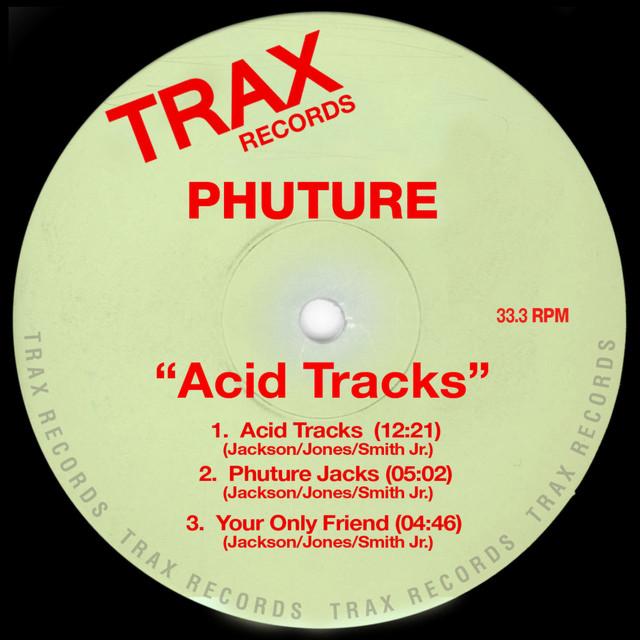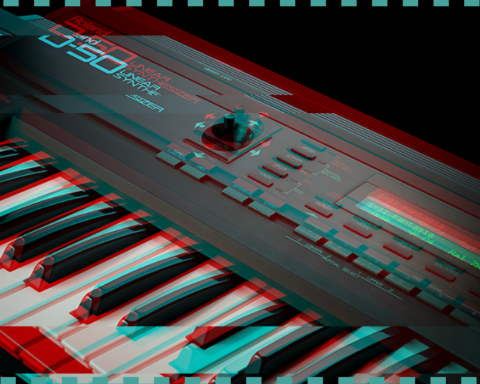Designed by Tadao Kikumoto, Roland introduced the TB-303 as a companion to the TR-606. Once they discontinued the TB-303 in 1984, the instrument filled pawnshops and second-hand music stores. This wasn’t the end of the TB-303, however. In fact, the instrument became the cusp of a musical revolution with “Acid Tracks” by Phuture leading the way.
New Tools, New Horizons
Electronic musicians and producers in Chicago were looking towards new horizons. They needed tools to move their sound into these unexplored musical territories. At a friend’s house, Nathaniel Jones and Earl Smith Jr (soon to be seminal acid house group Phuture) observed the TB-303 in action. They picked one up at a local pawnshop to experiment.
Initially, the instrument perplexed them. However, after some toil, the duo found a basic sequence. Out of curiosity, they started tweaking knobs and altering the loop until it squelched and morphed into an amalgam unknown. They knew immediately they’d found the sound they were looking for.
For the next few hours, they challenged the parameters of the device, arriving at a composition entitled “In Your Mind.” Thanks to its hypnotic qualities, local club aficionado Ron Hardy dubbed Phuture’s song “Acid Tracks.”
"The trance-like rhythm of 'Acid Tracks' spread like wildfire throughout the Chicago club scene. Eventually, it made its way to Europe."

Summer of Love 2.0
The trance-like rhythm of “Acid Tracks” spread like wildfire throughout the Chicago club scene. Eventually, it made its way to Europe and planted the seed for the Second Summer of Love. A variant of the ’60s revolution, this time flower power became mind-bending grooves. The 303 served as a technicolor cradle for the birth of a smiling generation of clubbers.
So, what makes “Acid Tracks” so special? Take away the lineage, how the nearly-forgotten 303 became a club-stomping leviathan. What’s left is the score for a 12-minute hallucination. That’s no slight of phrase; this song makes the listener feel altered.
At the heart of “Acid Tracks” is an ineffable sequence made of amoebic timbres. Ghostly squelches, like spasming tentacles, glitch their way across the stereo spectrum. The reverbed pulse of its minimal percussion pushes the underworld procession forward with the urgency of a war march.

The Phuture of Electronic Music
There are few dynamics: no climax, no release, only a tumbling matrix of chaos and uncertainty. “Acid Tracks” makes the listener feel the song is an infinite loop, and these are the 12 minutes that got captured.
Carl Sagan would have smiled. It would be no surprise if “Acid Tracks” was the first signal sent back by the Voyager satellite. Somewhere in an alternate reality, this groove somersaults over and over relentlessly.
"'Acid Tracks' makes the listener feel the song is an infinite loop, and these are the 12 minutes that got captured."
Ultimately, what “Acid Tracks” makes you want to do is be free. To be underneath flashing lights in a basement club and losing yourself completely to rhythm and movement. To be young and on fire and to discover the spirituality of electronic music. The cathartic discovery of the self through the act of cutting a rug.
Isn’t that what dancing is all about? Being unfettered by normalcy and weaving a helix of freedom out of fragmented minutiae. To say: I am here, now.







